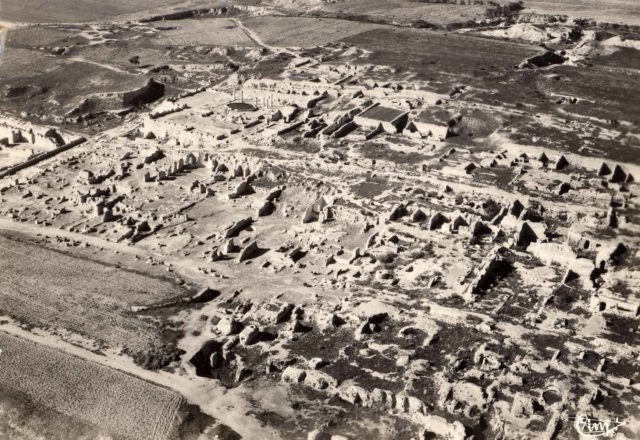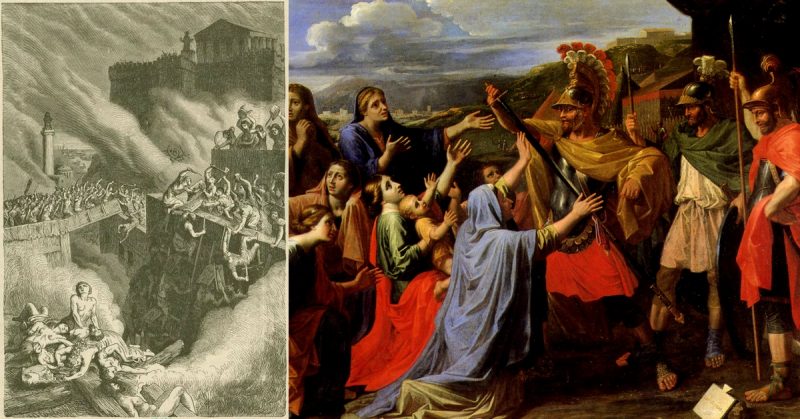The conflict between Rome and Carthage was one of the greatest in the ancient world. Throughout the Punic Wars, they grappled for control of the Mediterranean and domination of its civilization.
All of this finally came to a head in 146 to 149 BC in the long, grueling, and ultimately destructive siege of Carthage.
The Greatest of Enemies
Rome and Carthage first came to blows after a Roman expedition reached Sicily in 265 BC. A superior navy gave the Carthaginians the advantage in the early stages.
But the adaptable Romans stole from Carthaginian ship designs, added their own modifications, and achieved victory in the first war at the Aegates Islands in 241 BC.
The Second Punic War saw the Carthaginian general Hannibal defeat the Romans on their home ground in Italy and in a form of warfare at which they were meant to excel – the pitched battle – smashing them at Cannae (216 BC).
Unable to build upon his tactical successes, he saw the Romans regroup and eventually win.
When the Third Punic War broke out in 149 BC, the Romans set out to crush their enemies once and for all
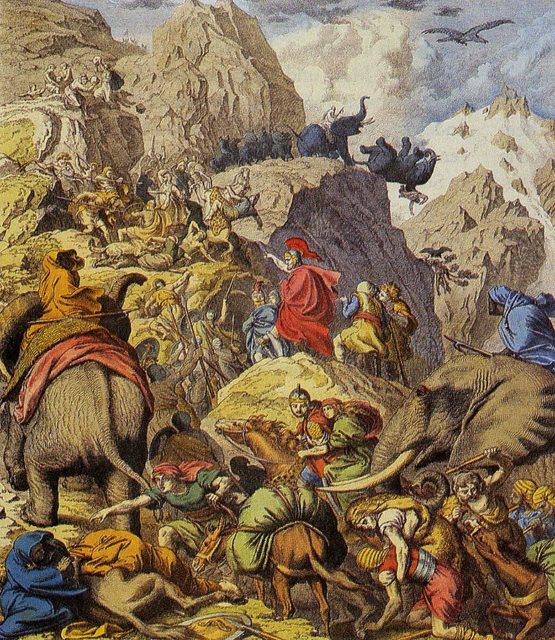
Early Disasters
Most of the war was taken up with the Roman siege of Carthage. Arriving outside the walls of Carthage, the Roman commanders Censorinus and Manilius both set up camp and in doing so made costly mistakes.
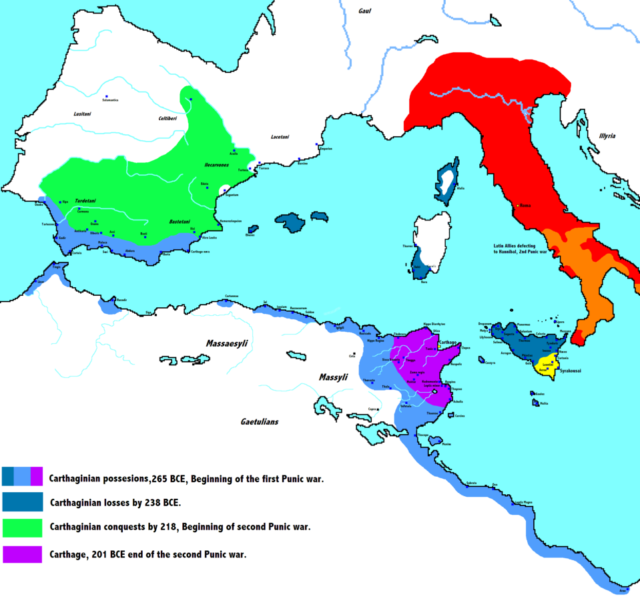
Censorinius set up camp next to a stagnant lagoon. The hard labor of building the camp, together with the exhaustion from intense fighting, left his men weakened.
Vulnerable to the diseases carried by stagnant water and the insects around it, many fell ill. He was forced to move.
Manilius’s failure came in a lack of effort. He set up camp in a strategic position near the enemy outworks but did not build strong enough defenses.
The Carthaginian sallied forth at night and tore down stretches of the Roman palisade. Manilius rebuilt, but his camp would eventually be abandoned.
Enter Scipio
In 147 BC, a new commander arrived. Scipio Aemilianus had a growing reputation as a commander and was a descendant of Scipio Africanus, a man who had previously beaten Carthage.
He seemed an auspicious choice for the job but was underage for the senior Roman position of consul. Such was the senate’s enthusiasm for him that they temporarily repealed the age limitation and elected him consul, sending him to take over in Africa.
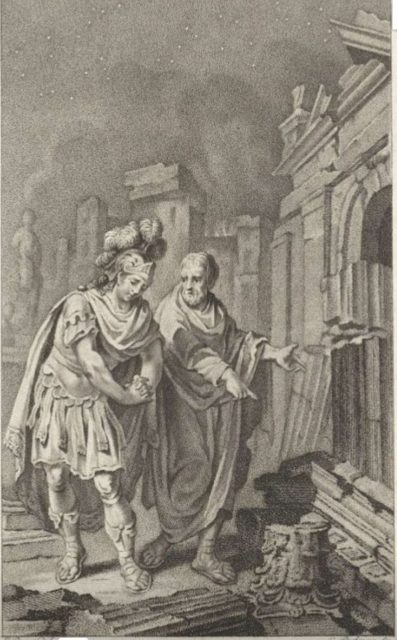
Scipio immediately set about fixing problems in the siege force. Discipline and morale were restored. He fixed the supply problems that Censorinus and Manilius had neglected.
Faced with Carthaginian forces outside the city, he defeated them or forced them to defect.
Cutting off the City
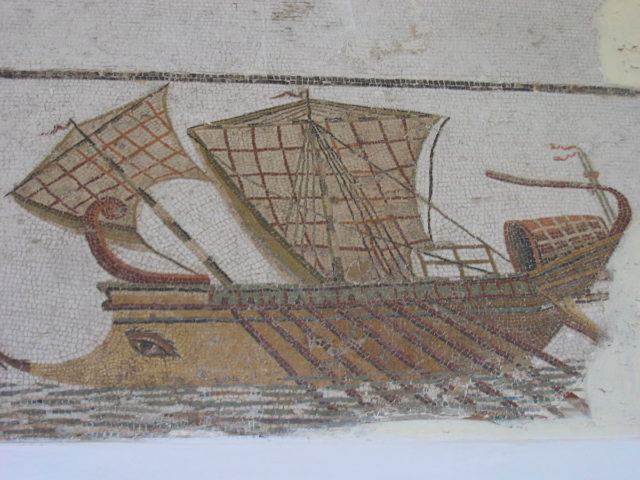
Scipio now set about rebuilding the Roman siege works and isolating Carthage.
First, he moved his camp closer to the city, to more effectively control the defenders’ movements. Then he seized the suburb of Megara, forcing the Carthaginians to abandon a fort that had provided their link with the outside world.
Now Scipio ordered the construction of a classic Roman blockade camp. Stretching across the width of the isthmus on which the city was built, it began with a trench a spear’s throw from the city’s walls.
In the trench were stakes and behind it was a palisade. Matching fortifications were built facing the other way, so that the Romans could camp inside this line, safe both from the city and from any relief forces.
Attacks and Counterattacks
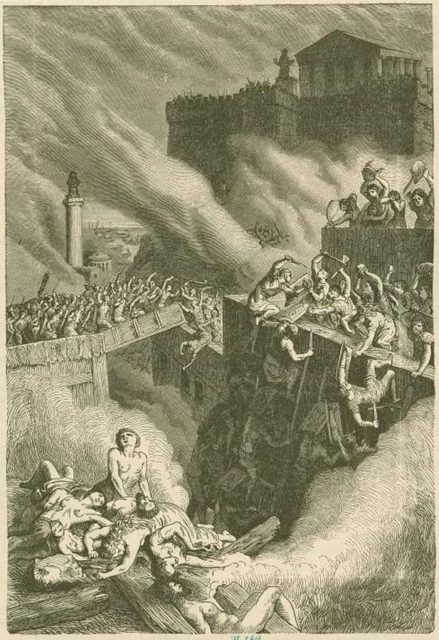
Even as they built the siege lines, the Romans came under attack from Carthaginian raids. For the 20 days of construction, a sizable part of the Roman army was occupied in defense while the rest labored.
To counter these raids, the Romans built an observation platform that let them look over the city walls and see troops building up for an attack.
When they themselves began raiding, they didn’t do so across the ground beyond the siege line. Instead, they began their offensive on another front, at the harbor.
Upping the Ante
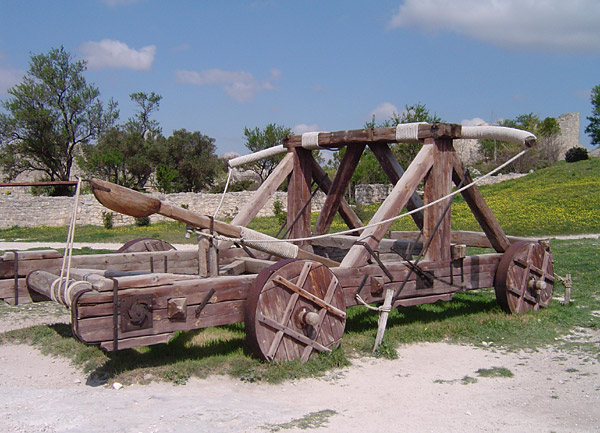
For all their failings, Scipio’s predecessors had not been entirely useless. Censorinius had built a path across the lagoon behind the city and two enormous rams to cross this path and attack the walls. But Scipio really piled on the pressure, using a number of Roman siege techniques.
First was the artillery. With platforms built into the siege works, these machines were able to threaten both Carthage and any troops gathering to relieve it.
Next came the harbor. Scipio had an embankment built across its mouth. Massive stones were dragged into place so that they would not be washed away by the waves. Blockade running ships could no longer bring in supplies.
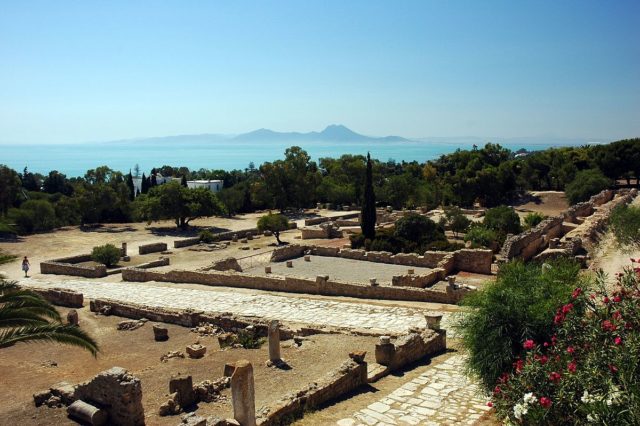
The Carthaginians dug another channel to get their ships in and out, but this still added to the shortages and labors of an already starving city.
Assault ramps were built from the ground up to a point level with the top of the city walls, creating a route into Carthage for Roman soldiers. Though laborious to build, these proved so successful that they became a mainstay of Roman sieges.
At last, after three years of piling on the pressure, the Romans made their final assault.
No More Carthage
Breaking through the Carthaginian defenses, the Romans found themselves in the cramped streets of one of the world’s greatest trading cities.
The defenders, unrelenting in their resistance to Rome, fought a bitter house-to-house struggle. After hours of brutal and protracted street fighting, Scipio took his opponents’ capital.
The Romans were determined to make a message out of Carthage. The town was formally “slighted”. Its inhabitants were carried away by the Romans, and the buildings were reduced to rubble.
There would be no city to stand as a symbol of resistance, no place for the Carthaginians to regroup.
The Punic Wars were over and with them the city of Carthage.
